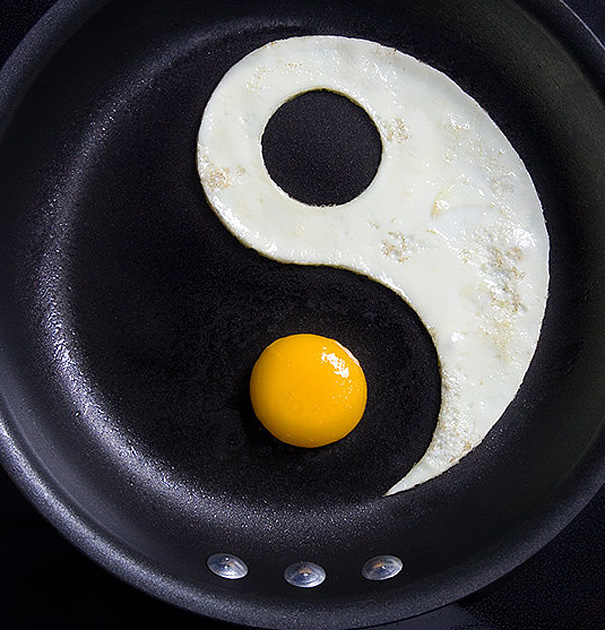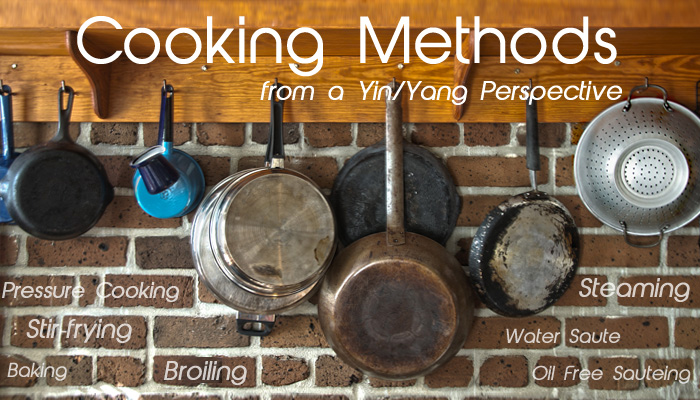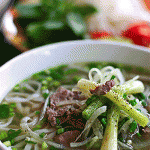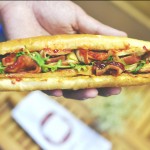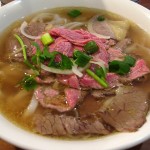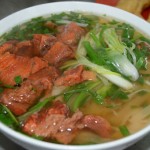How Vietnamese use spices
Vietnamese cuisine features a combination of five taste elements: spicy, sour, bitter, salty and sweet. Each Vietnamese dish has a distinctive flavor which reflects one or more of these elements and takes the base of main spices such as ginger, garlic and hot chill peppers. Among them, cinnamon is more prevalently used, especially in stews, soups and desserts. Another crucial spice is garlic, which cannot be absent in almost every Vietnamese dishes, from stir-fried vegetable to fish sauce. Vietnamese also use ground star anise in sweet desserts as well as in main dishes or ginger in seafood and braised dishes. All spice powder, which contains a mixture of licorice root, fennel seeds, cinnamon, cloves and star anise is widely used in various kinds of food, especially in grilled meats and poultry.
VietNam is included 3 regions: North, Central and South. The diffirence in geographic position, culture and climate found the particular in how people use spices. In the north of VietNam, black pepper is used instead of chilli to creat the extra heat for the dish. Also, Northern peopel often taste their food less sweet, but more salty then other regions. Coming to the central of VietNam, people can savor the most spicy and colourful dish. The chief often prefers cooking with whole dried chilies to fresh ones due to their extremely spicy flavor. Meanwhile in the south of VietNam, the cooking technique is strongly influenced by Combodia, Thai and Chinese cuisines. Therefore, people like sweet taste created by sugar or coconut milk as well as spicy taste extracted from red-hot chilies.
YIN – YANG BALANCE
The principle of Yin and Yang is applied in composing a meal in a way that provides a balance that is beneficial for the body. While contrasting texture and flavors are important, the principal primarily concerns the “heating” and “cooling” properties of ingredients. Certain dishes are served in their respective seasons to provide contrasts in temperature and spiciness of the food and environment. Some examples are:
• Duck meat, considered “cool”, is served during the hot summer with ginger fish sauce, which is “warm”. Conversely, chicken, which is “warm”, and pork, which is “hot”, are eaten in the winter.
• Seafoods ranging from “cool” to “cold” are suitable to use with ginger (“warm”).
• Spicy food (“hot”) are typically balanced with sourness, which is considered “cool”
• Balut , meaning “upside-down egg” (“cold”), must be combined withVietnamese mint.
PHILOSOPHICAL IMPORTANCE
• Known for its balance of five elements, many Vietnamese dishes include five fundamental taste senses (ngũ vị): spicy (metal), sour (wood), bitter (fire), salty (water) and sweet (Earth), corresponding to: five organs (ngũ tạng): gall bladder, small intestine, large intestine, stomach, and urinary bladder.
• Vietnamese dishes also include five types of nutrients (ngũ chất): powder, water or liquid, mineral elements, protein and fat. Vietnamese cooks try to have five colours (ngũ sắc): white (metal), green (wood), yellow (Earth), red (fire) and black (water) in their dishes.
• Dishes in Vietnam appeal to gastronomes via five senses food arrangement attracts eyes, sounds come from crisp ingredients, five spices are detected on the tongue, aromatic ingredients coming mainly from herbs stimulate the nose, and some meals, especially finger food, can be perceived by touching.
Post Views:
3,919

